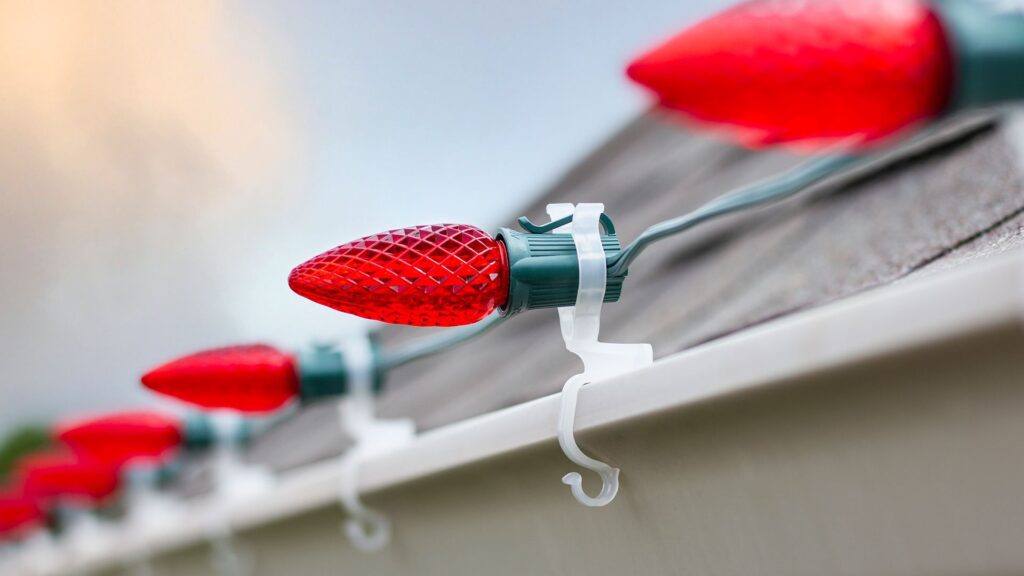Determining the Ideal Depth for Landscape Lighting Wire
You have a shovel in one hand and some landscape lighting wiring in the other. How deep do you need to dig to adequately bury the wiring? Keep reading to see what other landscaping enthusiasts had to say on the topic.
Aeration and Dethatching: Preparing Your Yard for Landscape Lighting
Lighting systems have various installations. The easiest and most common one is landscape lighting wiring. Landscape lighting wiring consists of UV resistant and low voltage wire, which is advisable on various landscapes such as patio, garden, and walkways.
Homeowners must consider two factors; the first one is the ground aeration, and the second is dethatching before the installation starts. Lighting wiring should be buried at least 6 to 12 inches deep to prevent water absorption, wire breakage, and cuts.
It also helps to eliminate fault circuits to protect humans or animals from possible electric shock. That’s why it’s crucial to learn those factors and use the best wiring cable for safe and long-term lighting usage.
Local Landscape Lighting Rules and Regulations
When burying landscaping wire, you should consider your local ordinances. As long as you’re using low-voltage wiring, six inches should be deep enough. However, you should be checking with your local authorities, as many states have specific regulations on digging into the ground, the minimum depth for wires, and the subsequent wiring marking.
Evaluating Your Yard Conditions Before Lighting Wiring
You have several options for wiring depth, and to help you make your decision, you should first consider how much power you need. For example, if you need only low-voltage lighting, you can dig a more shallow trench than what is required for high-voltage cables.
Next, consider the type of soil you have. That will help you decide between a six-inch trench or a 12-inch trench. You might wonder why you’d dig deeper if you can get away with shallower. Well, the reason is rodents. If they can easily dig six inches underground, then they’ll chew your wiring.
You’ll need a galvanized conduit for a six-inch trench, which is quite expensive. On the other hand, if you dig 12 inches, you can bury a properly rated, low voltage cable without a conduit.
If your soil is good, the 12-inch deep trench will be worth your time, but if you have incredibly rocky soil, the galvanized conduit may be worth your money. You should also think about how long you need to run the wiring. If you only have to go a short distance, you may be willing to dig deeper or pay for the short bit of conduit.
Another factor that will play into your decision is your lawn. The bigger the trench you dig, the more challenging it will be to leave no trace.
Planning Your Landscape Lighting Plan: Placement and Wiring
When planning the depth for your landscape wiring, be sure to figure out exactly where you want your lights to sit. Your first fixture should be at least ten feet away from your transformer. Your transformer should be in the center of your design so that you can easily wire the system. Also, your path lights should be evenly spaced and should be about eight to ten feet apart. Planning each and every aspect before you start digging will prevent a great deal of extra work, frustration, and destruction to your lawn.
Landscape Lighting Wiring Depth: The Six-Inches Rule of Thumb
The general rule of thumb is to bury wiring at least six inches below the surface. This ensures that the wiring doesn’t resurface or isn’t accidentally cut by edgers. You want it to be low enough that it won’t budge and won’t be touched by anything that can damage it.
Frequently Asked Questions
Does low-voltage landscape wire need to be buried?
Yes, low-voltage landscape wire should be buried, although it doesn’t need to be as deep as standard electrical wiring. For safety, protection from weather, and to keep your landscaping neat, it’s recommended to bury low-voltage wire at least 6 inches deep. This depth helps protect the wire from accidental damage caused by foot traffic, lawn tools, or curious pets.
How to hide landscape lighting wire?
Hiding landscape lighting wire is essential for maintaining a clean, professional look in your outdoor design. The most common method is burying the wire about 6 inches underground along the edges of walkways, flower beds, or beneath mulch and sod. In garden beds, we often tuck the wire under the soil or hide it beneath decorative rocks or edging materials. For hardscape areas, we run the wire through PVC conduit or within expansion joints to protect and conceal it. When working near trees or shrubs, we guide the wire behind plantings to keep it out of sight. Our goal is to ensure your lighting system looks seamless while staying protected from damage. Whether it’s a new installation or a retrofit, our team ensures every wire is safely and professionally hidden for a polished finish.
Can you daisy chain low voltage lights?
Yes, you can daisy chain low voltage lights, and it’s a common technique used to create beautiful, cohesive outdoor lighting designs. Daisy chaining means connecting multiple lights in a single run, one after the other, from the transformer. It’s ideal for path lights, garden lights, and other low-voltage fixtures. However, it’s important to plan your layout carefully. Each fixture added increases the total wattage on the line, so you must ensure the transformer can handle the total load and that voltage drop doesn’t affect the last lights in the chain.
Can low voltage landscape lighting cause a fire?
Low voltage landscape lighting is generally safe and unlikely to cause a fire when installed correctly. However, damaged wires, overloaded transformers, or poor connections can pose risks. At Ware Landscaping, we follow strict safety standards to ensure your outdoor lighting is not only beautiful but also safe and reliable.
This is a crowdsourced article. Contributors are not necessarily affiliated with this website and their statements do not necessarily reflect the opinion of this website, other people, businesses, or other contributors.













